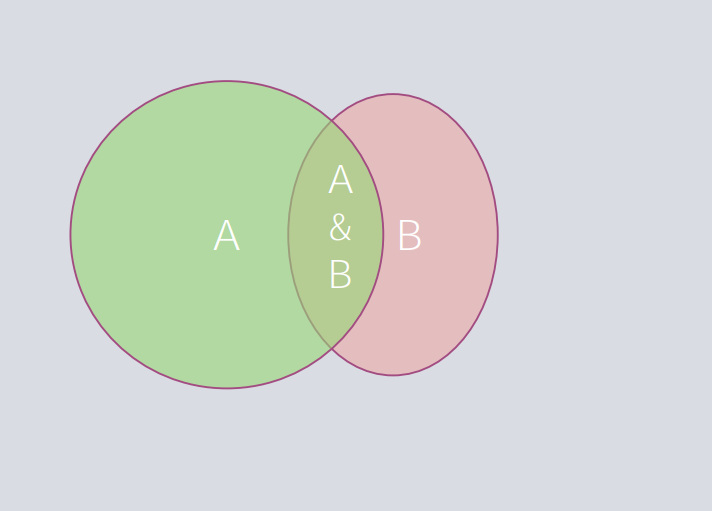Playlist
Show Playlist
Hide Playlist
Probability Distributions
-
3.2. What is a distribution lesson.xls
-
Download Lecture Overview
00:00 Before we can talk about testing, we have to learn what a distribution is. 00:05 And in this lesson, we'll do just that. 00:08 In statistics, when we use the term distribution, we usually mean a probability distribution. Good examples are the normal distribution, the binomial distribution and the uniform distribution. 00:22 All right, let's start with the definition. 00:25 A distribution is a function that shows the possible values for a variable and how often they occur. Think about a fair die. 00:33 It has six sides, numbered from 1 to 6. 00:36 We roll the die. 00:38 What is the probability of getting one? It is one out of six. 00:42 So one sixth. 00:44 Right. Easy. 00:45 What is the probability of getting to once again one sixth? The same holds for three, four, five and six. 00:54 We have an equal chance of getting each of the six outcomes. 00:58 Now what is the probability of getting a seven? It is impossible to get a seven when rolling a single die. 01:06 Therefore, the probability is zero. 01:09 Okay, let's generalize. 01:12 The distribution of an event consists not only of the input values that can be observed, but is made up of all possible values. 01:19 So the distribution of the event rolling a die will be given by the following table. The probability of getting one is one sixth or 0.17. 01:32 The probability of getting two is 0.17 and so on. 01:37 We are sure that you have exhausted all possible values when the sum of the probabilities is equal to one or 100%. 01:45 Similar to what we discussed about getting a seven. 01:47 For all other values, the probability of occurrence is zero. 01:52 And that's the probability distribution of rolling a die. 01:55 By the way, it is called a discrete uniform distribution. 02:00 All outcomes have an equal chance of occurring. 02:04 Ok. Each probability distribution has a visual representation. 02:09 It is a graph describing the likelihood of occurrence of every event. 02:14 Here's the graph for our example. 02:16 It is crucial to understand that the graph is just a visual representation of a distribution. Often when we talk about distributions, we make use of the graph. That's why many people believe that a distribution is the graph itself. 02:30 However, this is not true. 02:33 A distribution is defined by the underlying probabilities and not the graph. 02:38 The graph is just a visual representation. 02:41 All right. After this short clarification, let's explore a different example. Think about rolling two dice. 02:49 What are the possible outcomes? One and one. 02:52 Two and one. 02:54 One and two. 02:55 And so on. 02:57 Here's a table with all the possible combinations. 03:01 Say We are playing a game where we are trying to guess the sum of the two dice. 03:06 What's the probability of getting a sum of one? It's zero as this event is impossible. 03:12 The minimum sum we can get is two. 03:15 So what's the probability of getting a sum of two? There is only one combination that would give us a sum of two when both dice are equal to one. 03:26 So one out of 36 total outcomes, or 0.03. Similarly, the probability of getting a sum of three is given by the number of combinations that give us some of three divided by 36. 03:40 Therefore, two divided by 36 or 0.06. 03:45 We can continue in this way until we have the full probability distribution. 03:50 Let's see the graph associated with it. 03:55 Looking at it, we can easily understand that when rolling two dice, the probability of getting a seven is the highest. 04:02 Moreover, we can also compare different outcomes, such as the probability of getting a ten and the probability of getting a five. 04:10 It's evident that it's less likely that we'll get a ten. 04:14 Great. The examples that we saw here were of discrete variables. 04:19 Next, we will focus on continuous distributions, as they are more common in inferences. In the next few lessons, we'll examine some of the main types of continuous distributions, starting with the normal distribution. 04:32 See you there.
About the Lecture
The lecture Probability Distributions by 365 Careers is from the course Statistics for Data Science and Business Analysis (EN).
Customer reviews
5,0 of 5 stars
| 5 Stars |
|
5 |
| 4 Stars |
|
0 |
| 3 Stars |
|
0 |
| 2 Stars |
|
0 |
| 1 Star |
|
0 |




